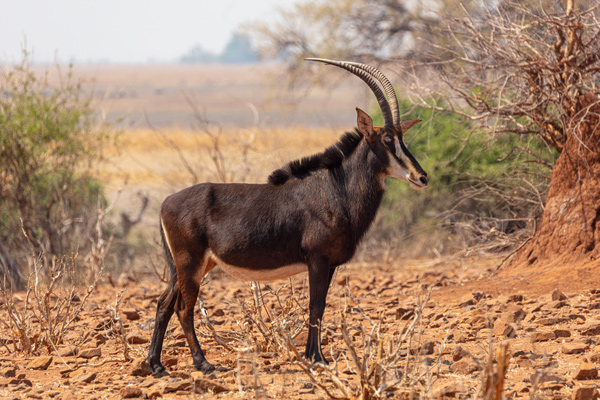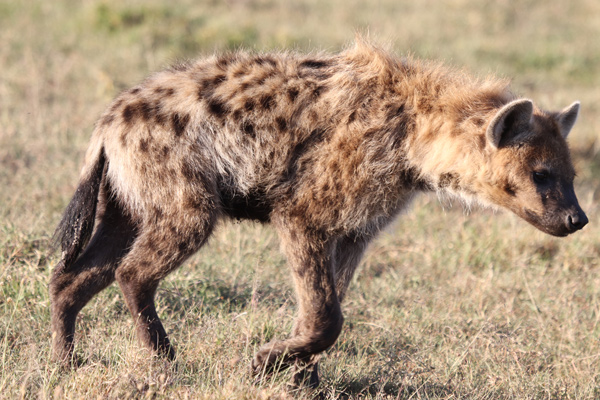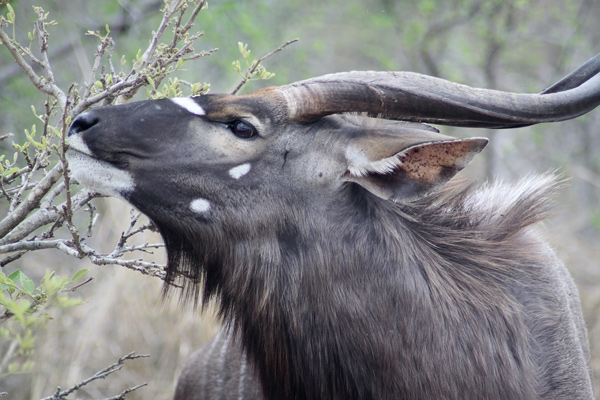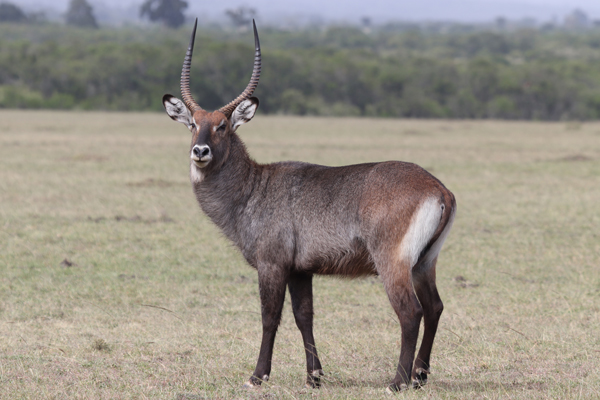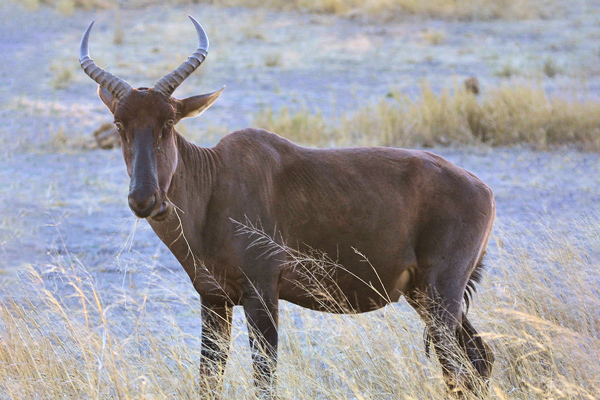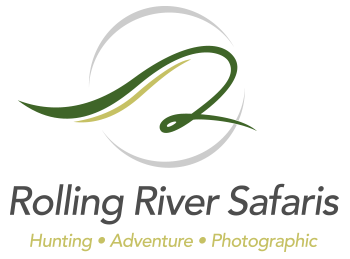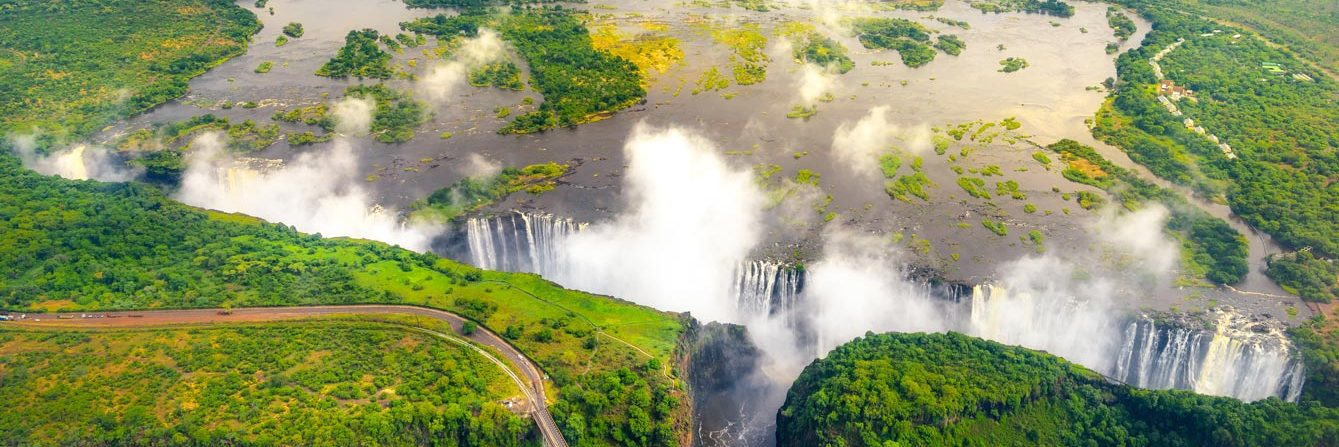
Zimbabwe is one of, if not the greatest big game hunting destination in Africa. The standard of professional hunting along with being consistently voted among international hunters where they would wish to go if they had one last hunt. The quality of game, diversity of vegetation and easy access to true African wilderness areas makes for easy travel. World class wilderness tourism attractions north, south, east and west (Kariba, Gonarezhou, Eastern Highlands and Victoria Falls respectively) make this a must do travel destination for any serious big game hunter.
Zimbabwe is a landlocked country bounded on the North by Zambia and Mozambique and the West by Botswana. Formerly the British Colony of Southern Rhodesia, the territory was unilaterally declared independent in 1965 and adopted a republican form of government in 1970. After a 15 year bush war, the territory installed a black majority government and became independent in 1980 as Zimbabwe.
The total area of the country is 150,873 square miles, slightly larger than the state of Montana. The majority of the country, excluding cultivated land, is made up of Mopani hardwoods. The Lowveld to the Southeast is made up of extremely thick Jesse bush, while the rolling midlands and Matetsi region are less dense. The total population of Zimbabwe is approximately 12,000,000, with the Shona representing 71%, Ndebele 16% and whites representing less than 1%.
Hunting can be conducted throughout the year in Zimbabwe. However, due to the rainy season, most of the dangerous game areas are not accessible from mid-November through mid-April. The one exception is the wet season elephant hunts which are usually conducted at the latter part of the rainy season from February to mid-April. The most popular African safari months are May to September. The nights can be quite cool in June, July and August with temperatures dropping into the middle 40’s. However, the temperatures recover nicely into the 70’s and lower 80’s making the hunting very comfortable.
Transportation:
Travel to the city of Bulawayo or Harare is done via Johannesburg, South Africa on South African Airways, Comair or SA Airlink. Either way, total travel time is approximately 2 days. Upon arrival, you will be met at the airport by a company representative who will help with customs clearance, which generally takes about 30 minutes. Once cleared at Customs, you will be transported to your safari camp. Upon completion of the safari, you will be returned to the Bulawayo Airport and assisted with your check-in for your return flight home.
Guns and Ammunition:
A medium calibre bolt action rifle such as a .30-06 or .300 Win Mag is suitable for most Plains Game and Leopard. Large Antelope such as Eland require a minimum calibre of .338. If dangerous game is to be hunted a .375 H&H Magnum or larger is recom-mended. Use only the best premium grade bullets available such as Nosler, Barnes X or Trophy bonded. Solids are recommended for thick skinned animals such as Buffalo and Elephant. Sixty (60) rounds per calibre is suggested. It is wise to practice your shooting well before the safari so that you are totally comfortable with the rifle/s and ammunition that you intend to use.
A good quality scope is a must, especially on the light rifle. Lion and Leopard are generally shot under low light conditions and require a scope that gathers maximum light. A scope with a reticule illuminator is extremely useful when hunting the great cats.
Medical:
It is recommended that anti-malarial tablets be taken before, during and after your stay. Please consult your doctor in this regard. Although all hunting vehicles carry first aid kits, it is advisable to carry your own supply of prescribed medication and first aid supplies. Please ensure that your polio, cholera, typhoid and tetanus vaccinations are up to date.
General info
- Total land area:390 757 km² (150 873 m²
- Official Languages: English, Shona and Ndebele
- Average annual rainfall: In much of the country, annual rainfall ranges from 550 to 900 millimeters (21.5 to 35.5 inches). The rains occur primarily in the form of showers and thunderstorms in the afternoon.
Available species
Baboon – Chacma
- Buffalo Bull – Cape
- Buffalo Cow
- Bushbuck
- Bushpig
- Civet Cat
- Crocodile
- Duiker – Common
- Eland – Livingstone’s
- Elephant – Trophy Bull
- Elephant – Tuskless
- Genet Cat
- Giraffe
- Grysbuck – Sharpe’s
- Hippo
- Honey Badger
- Hyena
- Impala
- Impala female
- Jackal
- Klipspringer
- Kudu
- Leopard
- Monkey – Vervet
- Nyala
- Reedbuck – Common
- Sable – Common
- Serval Cat
- Steenbuck
- Tsessebe
- Warthog
- Waterbuck
- Wildebeest – Blue
- Zebra – Burchell
